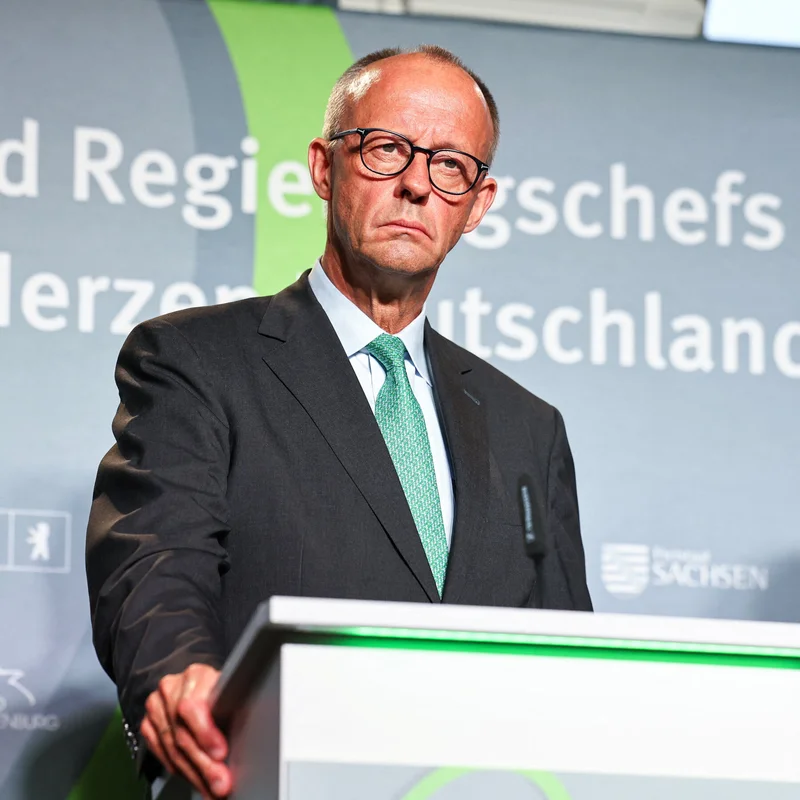Facing dwindling war funds and waning U.S. support, European leaders are advancing a high-stakes financial maneuver: using $300 billion in frozen Russian assets as collateral to secure a massive $160 billion interest-free loan for Ukraine. Spearheaded by German Chancellor Friedrich Merz and backed by European Commission President Ursula von der Leyen, the plan aims to ensure Kyiv’s survival on the battlefield—and send a clear message to Moscow that Europe won’t let Ukraine collapse.
Why This Plan Matters Now
With President Donald Trump halting U.S. military aid and insisting Europe “buy American weapons to give to Ukraine,” Kyiv’s financial runway is dangerously short. In 2024, Europe sent Ukraine just $8 billion—the interest earned on frozen Russian assets [[NYT]]. But that’s a fraction of what’s needed to sustain a modern war effort.
Enter the new proposal: instead of merely collecting interest, Europe would leverage the entire frozen asset pool—mostly held in Belgium—as loan collateral. If successful, it could fund Ukraine’s defense for years.
How the Loan Mechanism Would Work
The plan hinges on a carefully structured financial guarantee. Here’s a simplified flow:
- Russia’s assets remain frozen in EU custody (mostly in Euroclear, Belgium).
- EU issues a $160 billion interest-free loan to Ukraine.
- The frozen assets act as collateral—not direct funding.
- If Ukraine defaults (e.g., if Russia never pays reparations), EU member states cover losses.
- Repayment is tied to future Russian reparations for war damages.
Merz vs. von der Leyen: Two Slightly Different Blueprints
| Feature | Merz Plan (Germany) | von der Leyen Plan (EU Commission) |
|---|---|---|
| Loan Guarantee | Initially by member states → later shifted to EU | Directly by EU institutions |
| Weapon Procurement | Must buy European-made arms | No explicit restriction |
| Legal Approach | Avoids full asset seizure; respects property rights | Similar caution, but more centralized |
Risks and Roadblocks
Despite its ingenuity, the plan faces serious hurdles:
- ⚠️ Legal uncertainty: Using sovereign assets as collateral may violate international property norms.
- ⚠️ Political resistance: Countries like Hungary or Slovakia may block consensus.
- ⚠️ Repayment risk: If Russia refuses reparations post-war, EU taxpayers foot the bill.
- ⚠️ U.S. skepticism: Trump’s team has dismissed the plan as “financial fantasy.”
$300B
Frozen Russian assets in EU
$160B
Proposed loan to Ukraine
Oct 2025
Target for EU agreement
Strategic Implications for the U.S. and NATO
The move also carries a subtle geopolitical jab: by requiring Ukraine to buy European arms, Merz’s plan counters Trump’s push for Kyiv to purchase American weapons using European funds. It’s a bid for European strategic autonomy—and a signal that Brussels won’t wait indefinitely for Washington.
“Moscow will only come to the table when it realizes Ukraine has greater staying power.”
— Friedrich Merz, German Chancellor [[NYT]]
For more on transatlantic defense policy, see our deep dive on [INTERNAL_LINK:eu-us-defense-cooperation].
For official EU positions on frozen assets, visit the European Commission Press Room.




